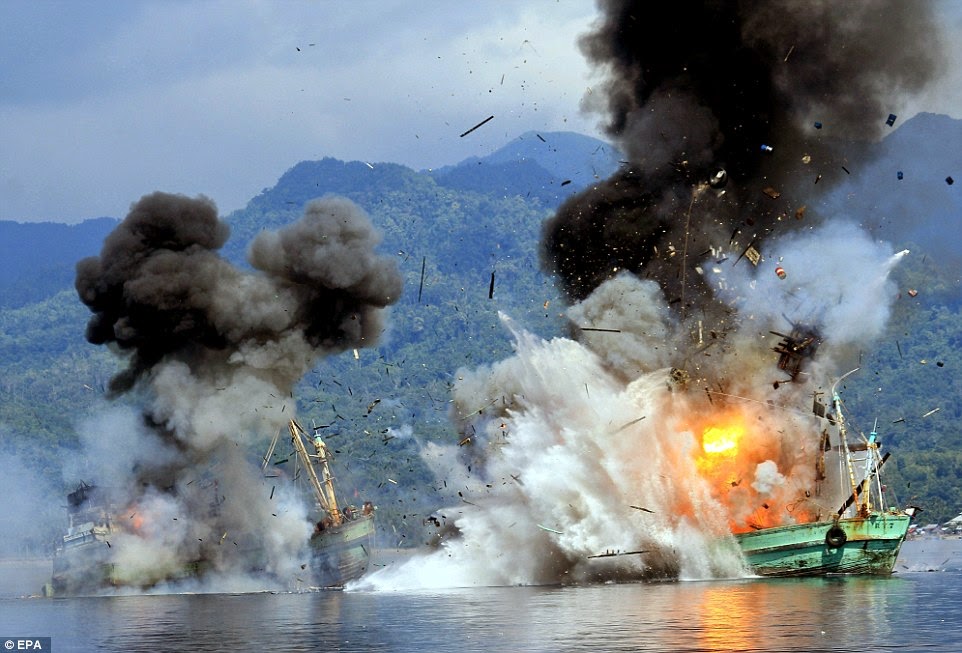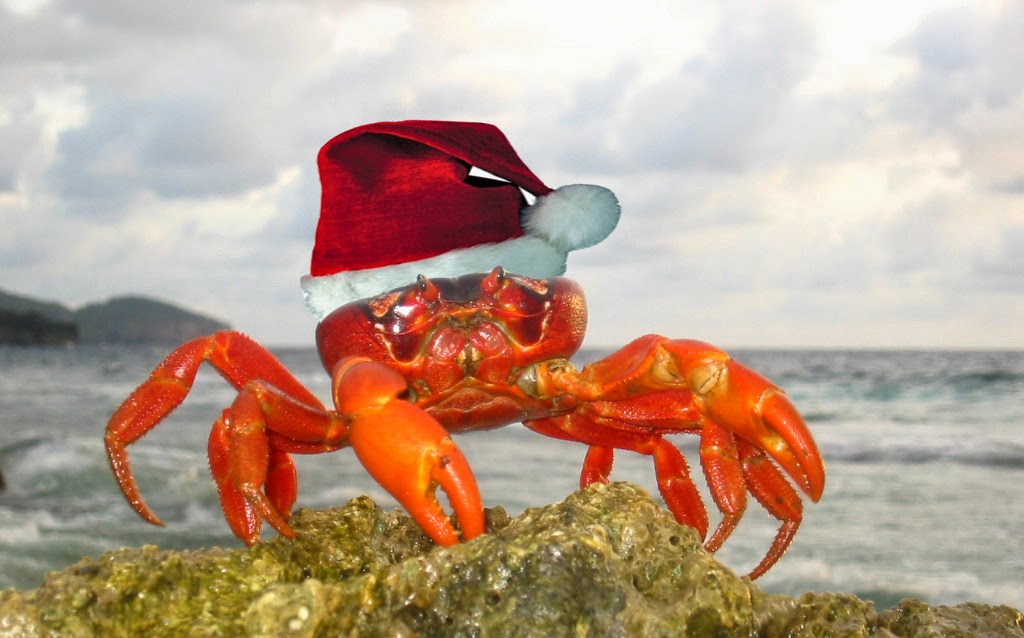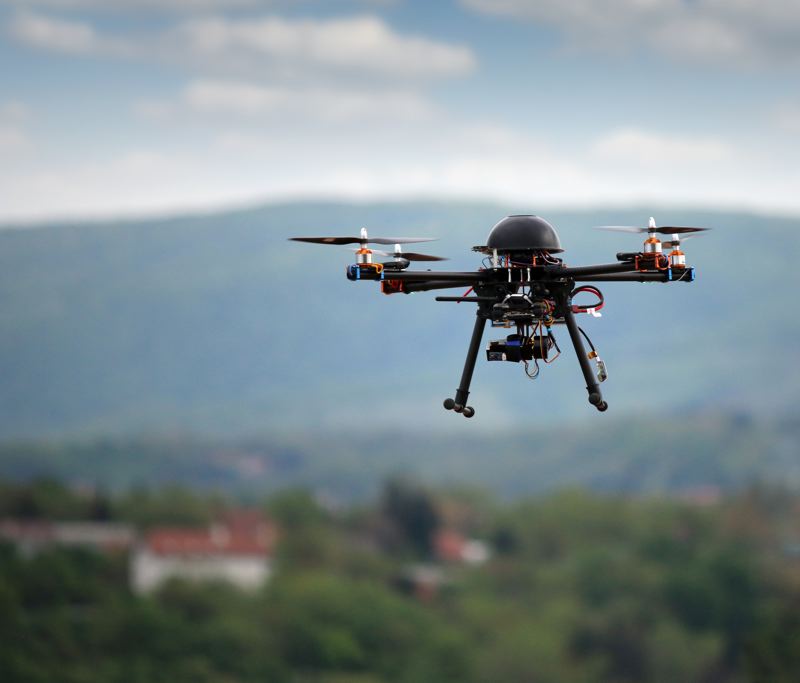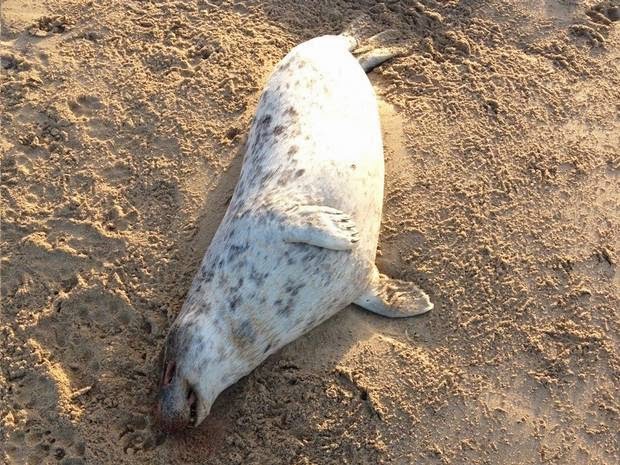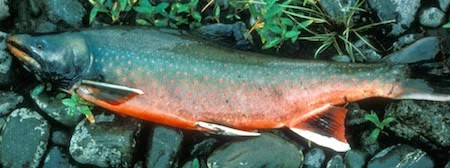Foreign poachers might think twice before stealing fish from Indonesian waters now that the Indonesian navy has begun blowing up poachers’ vessels. Two boats were destroyed and sunk this week after their owners were found guilty of illegal fishing. Six more foreign ships are currently facing destruction. Illegal fishing has already declined in the three months since the policy went into effect. Read more…
Every year around December 25, millions of female red land crabs on Australia’s Christmas Island begin their journey to the sea to lay eggs. The crabs leave their burrows high in the jungle and spend a week or more overcoming all obstacles in their path to deposit eggs in the outgoing high tide before returning home. The spectacle draws tourists and attention from locals, who do what they can to protect the migrating crabs from passing cars and other dangers. Read more…
This year, the Cape Cod Bay in Massachusetts has seen a record number of Kemp’s ridley sea turtles wash ashore. These sea turtles are born in the Gulf of Mexico and will migrate to Florida or occasionally get caught in the Gulf Stream and are transplanted north. Marine care centers around the United States are now nursing the sea turtles back to health. Read more…
4. The World’s Deepest Fish Filmed in the Mariana Trench
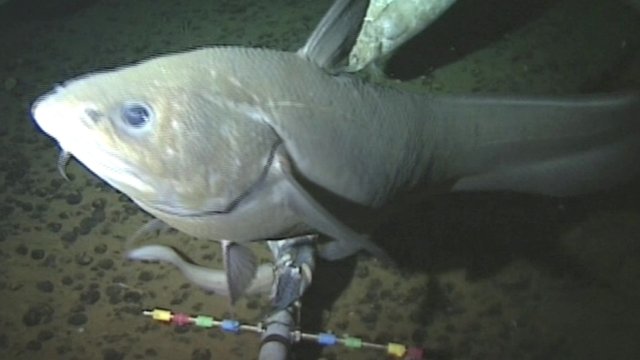 The Mariana Trench has been an area for ocean exploration since 1875. The trench is recorded as the deepest place on earth and the oldest section of the ocean floor. Recently, a group of scientists released unmanned equipment to explore the trench and recovered colonies of unique fish. The thin, transparent fish were found swimming at a depth of 8,145 meters. To see the footage released from Oceanlab and the University of Aberdeen Click here…
The Mariana Trench has been an area for ocean exploration since 1875. The trench is recorded as the deepest place on earth and the oldest section of the ocean floor. Recently, a group of scientists released unmanned equipment to explore the trench and recovered colonies of unique fish. The thin, transparent fish were found swimming at a depth of 8,145 meters. To see the footage released from Oceanlab and the University of Aberdeen Click here…

Florida is home to one of the largest reef tracts in the US, the Biscayne National Park. With the increase in boating and fishing, this national park has seen a deterioration of the coral and fish populations. Although plans have been made to improve the state of the reefs, no actions are improving the dwindling population of snapper and grouper. Debates continue between the National Park Service and the Florida state commission on how to resolve. Read more…
7. Looking to the Ocean for Renewable Energy
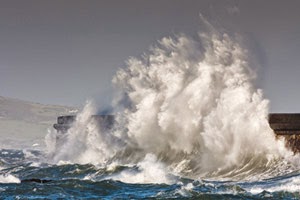 Marine Power Systems’ WaveSub has received funding from grant program, Supply Chain innovation for Offshore Renewable Energy (SCORE). The technology developed in this project could have a profound impact on renewable energy. Read more…
Marine Power Systems’ WaveSub has received funding from grant program, Supply Chain innovation for Offshore Renewable Energy (SCORE). The technology developed in this project could have a profound impact on renewable energy. Read more…

